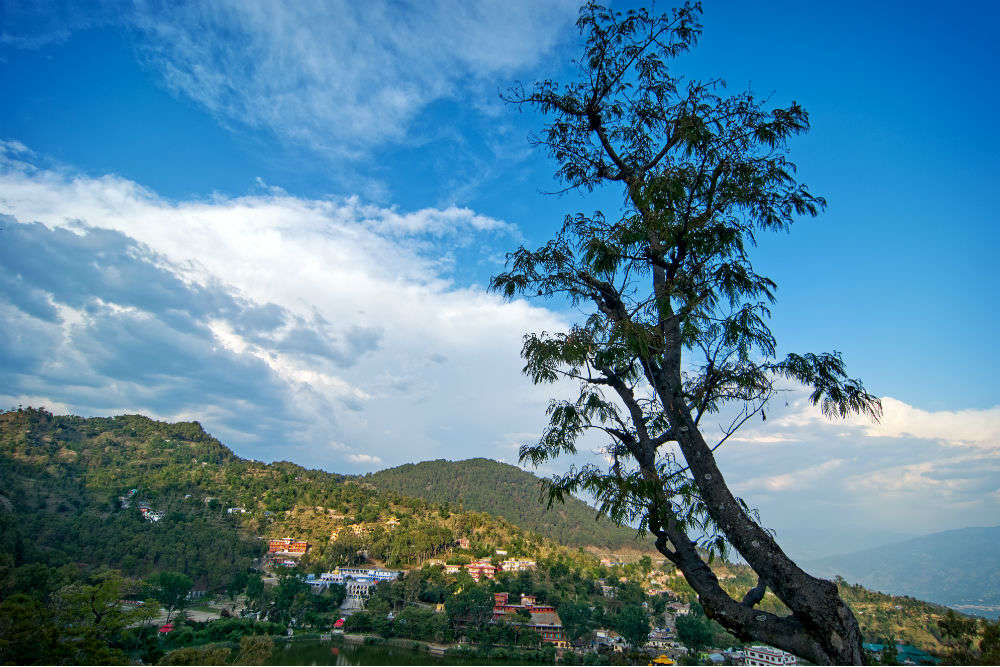The shrine lies 22 km from Kullu, and be reached through a 3 km-long trek, which offers views of the valley endowed with poetic beauty.
The story of this Shiva lingam
Every year, either the Shiva lingam or the presiding deity’s sacred wooden staff gets mysteriously hit by lightning bolts. Naturally, the lingam breaks up into pieces as a result, but the priest customarily puts it all together by using cereal and pulse flour along with unsalted butter. After a few months, the lingam takes a solid shape like before. According to the local belief, the reason why lightning strikes the lingam or the staff is sheer divine grace–the deity wants to save the inhabitants of the region from any impending evil. While, others believe that the lightning itself is a divine blessing carrying special powers.
The story of a demon

A legend surrounding this temple states that a demon, named Kulanta, used to live in the Kullu valley. He took the form of an enormous snake and reached Mathan village of Lahaul-Spiti. Driven by evil intentions, Kulanta wanted to flood the whole village. Therefore, the demon snake stationed himself in a way that he obstructed the flow of the Beas river. Lord Shiva took note this, and immediately set out to deal with him. After engaging in a fierce battle with Kulanta, Shiva slayed the demon. After the snake’s death, his entire body turned into a huge mountain. Perhaps, that is why the valley came to be known as Kullu after Kulanta’s death.
Another legend has it that this site is related to the puranic incident that involved Lord Shiva killing the invincible demon Jalandhar.
Reaching Bijli Mahadev Temple
Visiting this hallowed ancient shrine requires climbing more than 1, 000 stairs. Nonetheless, the surrounding tall deodar trees and the beautiful views of the Kully valley are an inspiration to keep going. Once atop the mountain, visitors are greeted by breathtakingly beautiful 360 degree views of Kullu and Parvati Valley.
On Shivratri as well as in the month of shravana, a fair is held at the shrine, attended by the local devouts and pilgrims from others parts of region.
Comments
Post a Comment